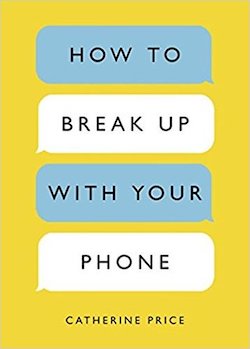 Congratulations! You’ve finally made it to England. Your vacation has already brought you to such iconic sites as Big Ben, Buckingham Palace, and Hyde Park. You have posed with the Beefeaters at the Tower of London. You have eaten more than your share of fish and chips. But still your trip is missing something.
Congratulations! You’ve finally made it to England. Your vacation has already brought you to such iconic sites as Big Ben, Buckingham Palace, and Hyde Park. You have posed with the Beefeaters at the Tower of London. You have eaten more than your share of fish and chips. But still your trip is missing something.
Having conquered the big city, perhaps now you want to venture into the bucolic English countryside.
That is a mistake.
While England is filled with many quaint and perfectly safe villages, the chances are high that you will find yourself in an English Murder Village. It will look like any other village. In fact, it might look better than some villages as you admire the manor house with the local vicar and attend the annual village fete. That’s the problem. You’re already in the trap.
If it’s too late for you to eschew the countryside for the safety of London, remember that forewarned is forearmed. Now is the time to acquaint yourself with what to expect from the village, the manor, and their respective residents. Research might keep you alive, if anything can in Your Guide to Not Getting Murdered in a Quaint English Village (2021) by Maureen Johnson, illustrated by Jay Cooper.
After writing The Name of the Star–an Edgar Award nominated supernatural thriller–and the bestselling Truly Devious series that begins with a boarding school mystery, Johnson here turns her hand to another classic mystery genre: the village mystery.
Readers familiar with mysteries classic mysteries like Miss Marple or Midsomer Murders will appreciate Johnson’s deep dive into all of the hazards inherent to English Murder Village life.
Illustrations from Cooper accompany most entries underscoring the dangers (and macabre humor) to be found in many aspect of village life including such gems as meeting the local amateur astrologer who likes “to wander alone to remote locations at night with a big looking-tube to look. Draw a circle around every word in that sentence that means ‘no.'” The related illustration shows a telescope teetering on the edge of a cliff allowing readers to draw their own morbid conclusions.
Johnson’s pithy text and Cooper’s Gorey-esque illustrations perfectly blend humor with grisly murder in this pseudo-guidebook. Hypothetical scenarios and interactive quizzes add another layer to this breezy and immensely enjoyable book. Your Guide to Not Getting Murdered in a Quaint English Village is must-read for mystery fans and amateur detectives alike.

